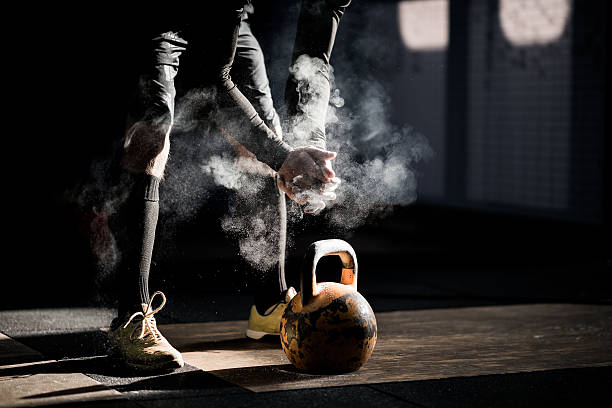This content is for informational and educational purposes only. Always consult a qualified healthcare provider.
Last Updated on July 10, 2025 by Grace Oluchi
Before you start your strength training for beginners routine, you need to get yourself a workout plan. There’s got to be some direction, you know, a PLAN. But don’t worry, it’s one that you can do as a beginner, even if you’ve seen the pros do it as well.
It all lies in the routine.
Now, you need a workout plan, and one that is effective. And that includes both body weight exercises, free weights, and machine-weighted exercises. But you also need to know what progressive overload is. Progressive overload is the act of starting a light strength training routine and increasing the weights gradually. You can practice progressive overload by increasing the weights or load.
An example: Lower weights but higher reps to tire your muscles differently.
There are other things you need to get acquainted with, such as:
- Reps and Sets
- How many Reps and Sets should you do
- Key exercises that won’t disappoint you
When you understand or learn these things, it’ll help you get through your fitness journey.
📋 Table of Contents
What Are Reps and Sets?
1 . Reps (Repetition): This is the number of times you perform an exercise in a row. For instance, if you do 10 squats, that’s 10 reps.
2 . Sets: A set is a group of reps done consecutively. Say you do 10 jumping jacks, that’ll be 1 set. So, if you do 3 sets of 10 jumping jacks, you would perform 10 reps, rest, then do it again for a total of 3 sets.
How Many Reps and Sets Should To Do in a Strength Training for Beginners Routine
Reps and sets for strength training for beginners would look like this:
2-3 sets of 10-12 reps for each exercise.
This is a good way to start and build form. However, if you can’t do it, you can go lower by 2 reps or whatever is okay for you. You don’t need to feel bad if you struggle to finish; everyone starts from somewhere.
Resting is also important between sets. Rest time is 30 to 90 seconds between sets. This is important because rest allows your muscles to recover and be ready for the next set. You mustn’t rush between sets; you wouldn’t be doing yourself a favor if you did.
Key Exercises For Beginners
In a strength training for beginners program or any strength training program, compound exercises are quite important. They work multiple muscle groups at once, which makes them a good fit for beginners. These exercises are the most effective for building overall strength and fitness.
As a beginner to strength training, there are some compound exercises you need to know:
- Squats
- Squat to shoulder press
- Deadlifts
- Squats to overhead press
- Bent over row
- Squat half rep
- Push-ups
- Plank
Strength Training For Beginners (Tips you need to know)
Start light: Like it was mentioned before, start light, by choosing a weight that’ll help you maintain a good form through the reps. Don’t pick something that you can’t sustain. It is better to start with lighter weights and slowly introduce heavier weights with time.
Your form: Let’s say it louder for those at the back:
Proper form, Proper form, Proper Form.
Focus on your form, because proper form prevents injuries. Something you can do to help yourself is to watch videos on how to these exercises correctly. YouTube or other social platforms will have contents that’ll teach you the correct forms.
Listen to your body: Protect your body by listening to what it tells you. Don’t push through pain. If something hurts, stop immediately.
Have a warm-up and cool down time: Before you exercise, do some light cardio like walking and stretch your body. Then, after working out, cool down with stretching or any form of cool-down method you prefer.
Eat the right foods: All your strength training efforts will mean something when you combine them with a balanced diet that supports muscle goals.
And of course, stay hydrated by drinking enough water before, during, and after your workouts. Lastly, be consistent, because what you show up for is what will grow. You’ve got this, and remember to take progress pictures, and give yourself 2 to 3 months. Everything will work out for you, just do your best.

